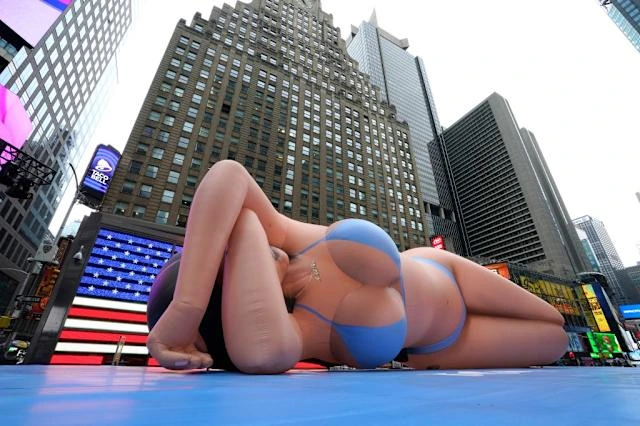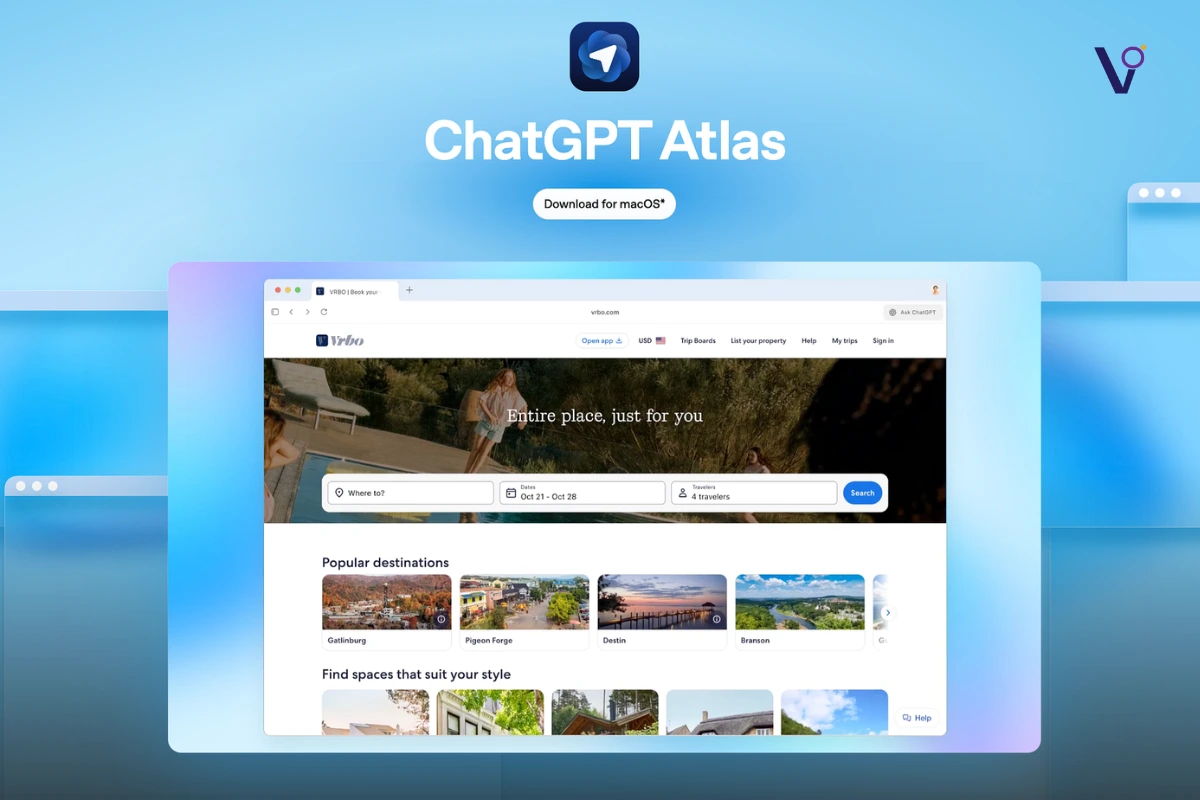March 5, 2025, Times Square was treated to one of the most brazen marketing campaigns ever—60 feet of inflatable Kim Kardashian in a shiny blue bikini, symbolizing the debut of the new SKIMS swim line. The bold Kim Kardashian Times Square stunt turned heads, overran timelines, and generated nonstop talk—if that was the aim, then it was a mission done.

The balloon didn’t bear her face, but everyone recognized that it was Kim. Her unmistakable silhouette—curvy, self-assured, and commanding—towered over New York City’s most public of spaces, eliciting reactions that ranged from wonder to indignation. But whatever one’s opinion, everyone was talking. And that, in itself, is marketing gold.
Reactions
The moment the balloon was launched, social media was set alight. Pictures and videos of the installation filled platforms like Instagram, Twitter, and TikTok. The internet was not silent about it either.
Some praised the originality. Others criticized it as tone-deaf, particularly because it happened during Ramadan, a period of spiritual contemplation for many. Others were worried about how something so sexually charged could be exhibited in such a public, family-oriented area.
“Is this acceptable for children to view?”
“Where is the outcry about preserving public decency?”
“Another sign of the apocalypse,” joked one.
It was divisive, sure. And yet, it remained aloft, untouched and inescapable, while the discourse surrounding it just continued to swell.
Kim Kardashian Times Square Swimwear Launch
The chatter wasn’t in vain. The balloon was also a part of SKIMS’ marketing campaign for their new swimwear drop. The collection includes mix-and-match swimsuits, terry and cotton jersey cover-ups, and poolside accessories—available in five colors: champagne leopard, champagne tiger, snow, tide, and onyx.
Kim, SKIMS co-founder and Chief Creative Officer, modeled the campaign in the Bahamas, photographed by Ana Dias. The atmosphere? Tropical, bold, confident, and inclusive.
In her own words:
“I absolutely love how this collection has something for everyone—whether you’re on vacation or at the beach, it’s all about feeling confident and amazing in what you wear.”
The swimwear line was released on March 6, one day after the balloon’s debut—and just in time to ride the wave of buzz it created.
A Stunt That Made the World Watch
From a marketing perspective, the Kim Kardashian Times Square swimwear launch wasn’t just a random PR gimmick. It was a highly calculated, visually arresting campaign designed to grab global attention—and it worked.
In less than 48 hours:
- The installation generated millions of organic impressions across social media.
- Major publications covered the story—from lifestyle blogs to international news sites.
- People who hadn’t heard about the new SKIMS swimwear line certainly knew about it now.
For a brand that already holds a valuation of over $4 billion, SKIMS didn’t just launch a product—they launched a cultural moment. One that stirred emotion, opinion, and interest at the same time.
Why It Worked
Let’s break down why Kim Kardashian Times Square campaign succeeded—despite (or maybe because of) the controversy:
1. Instant Brand Recognition
The balloon didn’t need a name tag. The silhouette alone said, “Kim.” That’s the power of long-term branding. It’s a masterclass in creating an identity so strong that it speaks without words.
2. Emotional Engagement
Whether you loved it or hated it, you felt something. And emotion = engagement. People shared it because they were shocked, excited, or annoyed. But they shared it—and that’s the key.
3. Timing the Launch
The balloon dropped one day before the product launch. Perfect timing. Just as curiosity peaked, the collection went live. The buzz translated into clicks, site traffic, and likely sales.
4. The Value of Public Spaces
Most ads live in screens. But a 60-foot statue in the middle of Times Square? That’s bold, disruptive, and hard to ignore. It’s real-world meets digital virality—a strategy that bridges both worlds.
5. Controversy as Currency
Many brands avoid controversy. Kim embraced it—confident that conversation is the new currency. She knew that outrage travels just as fast (if not faster) than approval—and both drive awareness.
What Can Other Brands Learn?
You don’t have to be Kim Kardashian to learn from this. Whether you’re a small business owner or part of a growing brand, here are some key takeaways:
1. Be Bold, But Be Aligned
Don’t do something just for attention. Do something aligned with your brand voice. SKIMS stands for confidence, body positivity, and bold femininity. The balloon fit that identity.
2. Know Your Audience—and Your Critics
Kim didn’t launch this in a vacuum. She knew there’d be pushback. But she also knew her core audience would rally behind her. As a brand, always be ready for both.
3. Use Physical Installations for Digital Impact
Think pop-up shops, interactive murals, or unusual product displays. Real-world moments are now digital currency. They make for shareable content and create a sense of buzz that lives longer than a sponsored ad.
4. Ride the Momentum Immediately
SKIMS didn’t wait days to drop the product after the stunt—they launched immediately. Attention spans are short. Capitalize on buzz in real time.
5. Stay Consistent With the Bigger Picture
This wasn’t just about bikinis. It’s part of Kim’s bigger brand story—owning her identity, owning her empire, and shifting from celebrity to business mogul. Every campaign adds another layer to that narrative.
Final Thoughts
To some, it was tacky. To others, empowering. But to marketers, it was a clear signal: the old rules of advertising don’t apply anymore.
In an age where attention is currency and conversation is everything, Kim Kardashian floated above the noise—literally and figuratively.
The giant balloon wasn’t just a bikini-clad statue. It was a statement. A symbol of modern branding. And perhaps most importantly, a reminder that controversy, creativity, and confidence are still the ultimate marketing tools.
Whether you agree with it or not, one thing is undeniable: everyone knows about the SKIMS swimwear drop now.
And that was the point all along.
While no official sales numbers were shared, the stunt generated millions in free publicity and significantly boosted online engagement, meeting its goal of global attention.
Yes. The SKIMS stunt, though controversial, generated millions in organic reach and media coverage—showing controversy, when managed, still drives massive brand visibility.
Use bold visuals, unexpected formats, and strategic placement to create shareable moments. Creativity and context can outweigh celebrity when executed cleverly.



